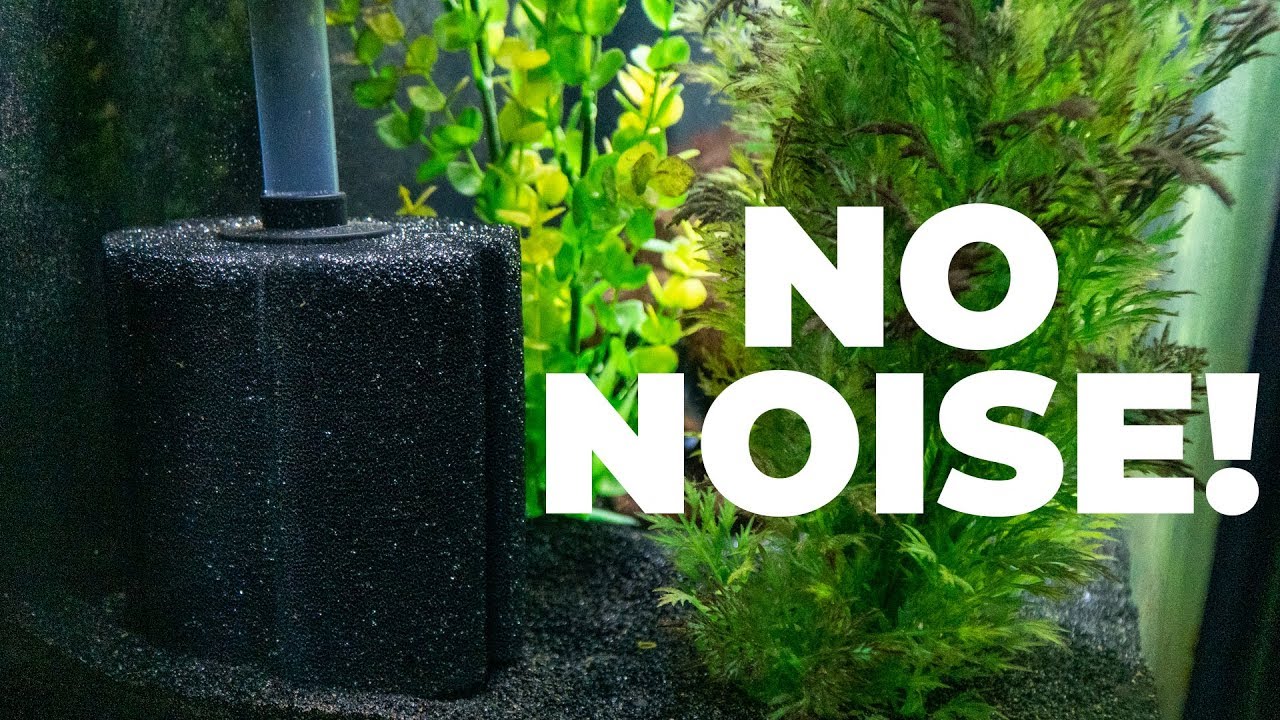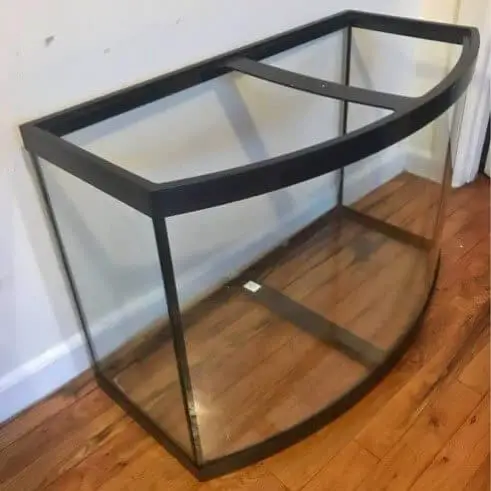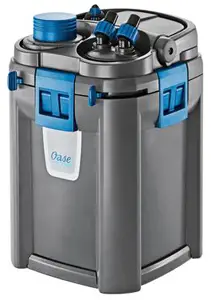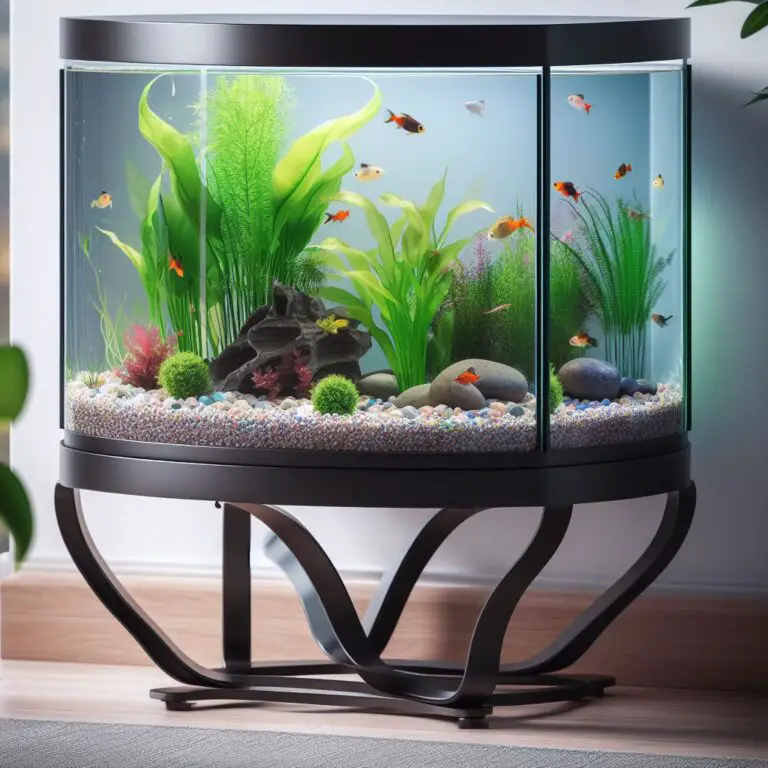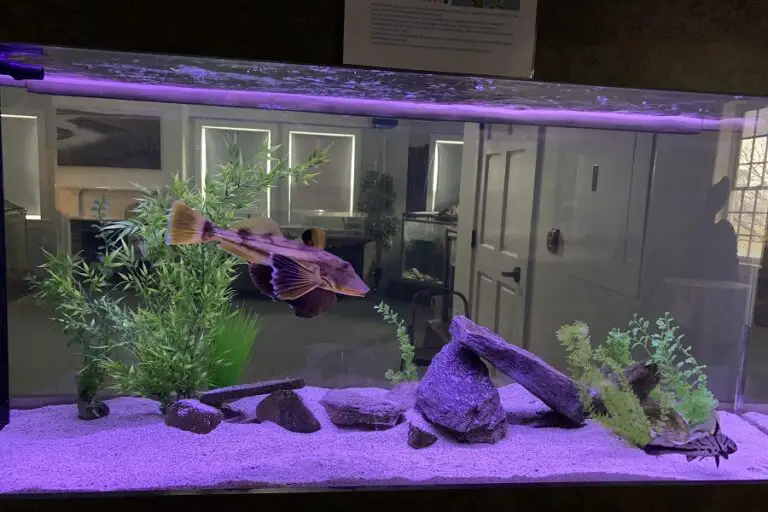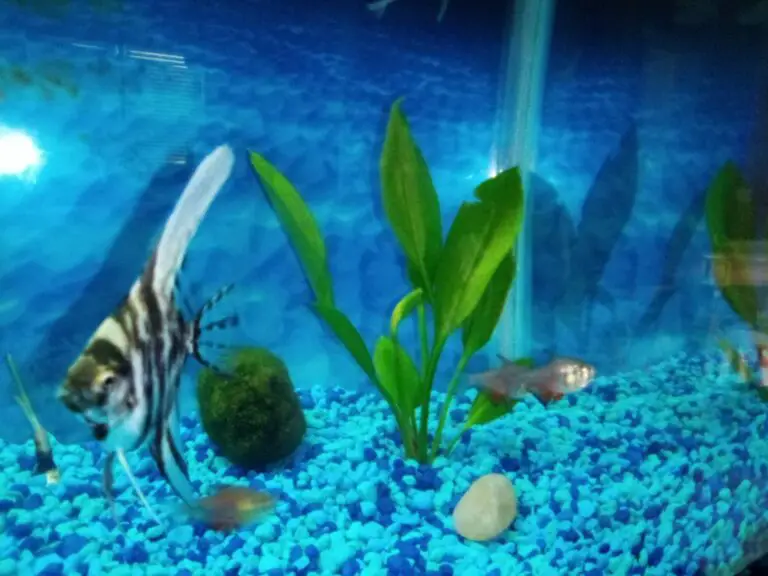How to Use Sponge Filter Without Air Pump?
In the world of aquariums, maintaining a clean and healthy environment for your fish is of utmost importance. One essential tool that aids in achieving this is the sponge filter. Traditionally, a sponge filter is powered by an air pump, which creates the necessary water flow for filtration.
However, there may be instances where using an air pump is not feasible or desired. I will explore alternative methods and techniques for using a sponge filter without an air pump, ensuring that your aquarium remains clean and your fish thrive.
Understanding Sponge Filters
Before delving into the various ways of using a sponge filter without an air pump, let’s first understand how sponge filters work. A sponge filter consists of a porous sponge attached to a tube or stem.
Water is drawn through the sponge, which serves as a mechanical and biological filter. The sponge traps debris and provides a surface area for beneficial bacteria to grow, aiding in biological filtration and maintaining water quality.
Using a Powerhead Instead of an Air Pump
One effective way to use a sponge filter without an air pump is by utilizing a powerhead. A powerhead is a submersible pump that creates water movement in your aquarium. By attaching the sponge filter to the outlet of the powerhead, you can achieve the necessary water flow for filtration. Here’s how you can do it:
- Choose a suitable powerhead: Select a powerhead that is compatible with your aquarium size and desired water flow rate. Consider factors such as the powerhead’s flow rate, adjustable settings, and ease of installation.
- Attach the sponge filter: Securely attach the sponge filter to the outlet of the powerhead. Ensure that the sponge fits snugly and does not impede water flow. You may need to use zip ties or suction cups to hold the sponge filter in place.
- Submerge the powerhead: Place the powerhead in the aquarium, ensuring that it is fully submerged. Position it in an area where water movement is desired, such as near the surface or in areas prone to debris accumulation.
- Adjust the flow rate: Depending on the powerhead model, you may have the option to adjust the flow rate. Experiment with different settings to achieve the desired water flow for effective filtration. Be mindful not to create excessive turbulence, as it may stress your fish.
Using a powerhead as an alternative to an air pump provides a reliable and efficient method of utilizing a sponge filter without compromising on filtration effectiveness.
Employing a Water Pump for Sponge Filter Operation
Another method to use a sponge filter without an air pump involves utilizing a water pump. A water pump is a device that circulates water within your aquarium. By following these steps, you can set up your sponge filter using a water pump:
- Select an appropriate water pump: Choose a water pump that suits your aquarium size and desired water flow rate. Consider factors such as the pump’s capacity, adjustable settings, and noise level.
- Attach the sponge filter: Similar to using a powerhead, attach the sponge filter to the outlet of the water pump. Ensure a secure fit and position the sponge filter in a way that allows water to pass through it effectively.
- Submerge the water pump: Submerge the water pump in the aquarium, ensuring it is fully covered by water. Place it in an area where water movement is desired, such as near the bottom to prevent debris accumulation.
- Adjust the flow rate: Depending on the water pump model, you may have the option to adjust the flow rate. Experiment with different settings to achieve the desired water flow for optimal filtration. Avoid creating excessive water currents that may stress your fish.
Using a water pump as an alternative to an air pump provides a steady flow of water through the sponge filter, promoting effective filtration and maintaining a healthy aquarium environment.
Utilizing a Sponge Filter with a Canister Filter
If you already have a canister filter in your aquarium setup, you can integrate a sponge filter into the system for enhanced filtration. Here’s how you can do it:
- Choose a suitable sponge filter: Select a sponge filter that is compatible with your canister filter setup. Consider factors such as the size of the sponge, filtration capacity, and ease of installation.
- Connect the sponge filter to the canister filter: Attach the sponge filter to the intake or outlet tube of your canister filter. This allows water to pass through the sponge filter, providing additional mechanical and biological filtration.
- Position the sponge filter: Place the sponge filter in an area of the aquarium where it will receive a steady flow of water. This can be near the bottom or in an area prone to debris accumulation.
- Monitor and clean the sponge filter: Regularly check the sponge filter for debris accumulation and clean it as needed. This ensures optimal filtration and prevents clogging that may impede water flow.
By incorporating a sponge filter into your existing canister filter setup, you can enhance the filtration capacity of your aquarium and maintain optimal water quality for your fish.
Does sponge filter need air pump?
A sponge filter is a simple and effective device that filters the water in an aquarium using air bubbles. A sponge filter needs an air pump to work, as the air pump pushes air through a tube into the sponge filter.
The air bubbles rise up from the sponge, creating suction that draws water through the sponge. The sponge traps debris and provides a surface for beneficial bacteria to grow. The clean water then flows out of the top of the sponge filter.
To set up a sponge filter, you need a sponge filter, an air pump, airline tubing, and an air stone (optional). You can connect the air stone to the bottom of the sponge filter to make smaller bubbles and reduce noise.
Can a sponge filter be used without any filtration equipment?
Yes, a sponge filter can be used without any additional filtration equipment. The sponge itself acts as a mechanical and biological filter, trapping debris and providing a surface area for beneficial bacteria to grow. However, using an air pump, powerhead, or water pump can enhance the filtration effectiveness of the sponge filter.
Can I use a sponge filter without an air pump in a small aquarium?
Yes, a sponge filter can be used without an air pump in a small aquarium. In fact, sponge filters are particularly well-suited for small aquariums due to their compact size and efficient filtration capabilities. Using a powerhead or water pump as an alternative to an air pump can provide the necessary water flow for effective filtration in a small aquarium setup.
How often should I clean the sponge filter when using it without an air pump?
The frequency of cleaning a sponge filter when using it without an air pump depends on various factors, such as the size of the aquarium, the number of fish, and the amount of debris present. As a general guideline, it is advisable to check the sponge filter regularly and clean it when there is visible debris accumulation. This may range from once a week to once every few weeks.
Can I use a sponge filter without an air pump for a saltwater aquarium?
Yes, a sponge filter can be used without an air pump for a saltwater aquarium. However, it is important to ensure that the sponge filter is compatible with saltwater environments, as not all sponge filters are suitable for marine aquariums. Additionally, consider the specific needs of your saltwater aquarium and choose a suitable alternative method, such as a powerhead or water pump, for effective filtration.
Can I use multiple sponge filters without an air pump?
Yes, you can use multiple sponge filters without an air pump. In fact, using multiple sponge filters distributed throughout your aquarium can provide enhanced filtration and water flow. This is particularly beneficial for larger aquariums or setups with a higher fish population. You can utilize alternative methods such as powerheads or water pumps to create the necessary water flow for multiple sponge filters.
Can a sponge filter be used as the sole filtration method in an aquarium without an air pump?
Yes, a sponge filter can be used as the sole filtration method in an aquarium without an air pump. However, it is important to consider the specific needs of your aquarium, such as the fish species, water parameters, and desired water flow. Depending on these factors, using alternative methods such as powerheads or water pumps may be necessary to achieve optimal filtration.
Conclusion
Using a sponge filter without an air pump is indeed possible and can be achieved through alternative methods such as utilizing a powerhead, water pump, or integrating it with a canister filter.
By following the steps outlined in this article, you can ensure effective filtration and maintain a clean and healthy environment for your fish. Remember to choose the method that best suits your aquarium setup and regularly monitor and clean the sponge filter to ensure optimal performance.
With proper care and maintenance, your sponge filter will contribute to the overall well-being of your aquarium inhabitants, allowing them to thrive in their aquatic habitat.
